Orthodox Easter: The Ceremony of the Holy Fire-Holy Fire to arrive from Jerusalem on Saturday
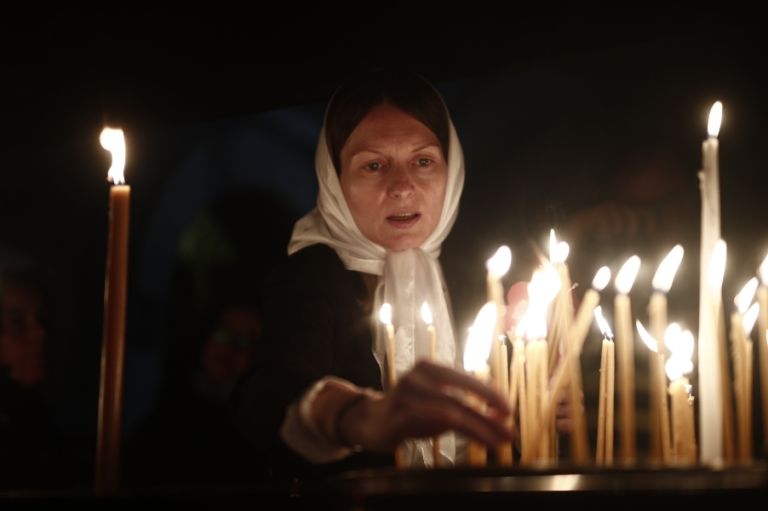
Πηγή Φωτογραφίας: [369337] ΑΦΙΞΗ ΤΟΥ ΑΓΙΟΥ ΦΩΤΟΣ ΣΤΗΝ ΕΞΑΡΧΙΑ ΤΟΥ ΠΑΝΑΓΙΟΥ ΤΑΦΟΥ ΣΤΗΝ ΠΛΑΚΑ (ΣΩΤΗΡΗΣ ΔΗΜΗΤΡΟΠΟΥΛΟΣ / EUROKINISSI)
For over a millennium, Orthodox Christians have revered the miraculous appearance of the Holy Fire (Άγιο Φως), a sacred flame believed to emanate from Jesus Christ’s tomb in Jerusalem’s Church of the Holy Sepulchre. This annual event, held the day before Orthodox Easter (Pascha), symbolizes Christ’s resurrection (anastasis) and is considered a divine miracle by millions of believers.
The Sacred Ritual
Each year, the Greek Patriarch of Jerusalem leads the Holy Fire ceremony. He enters the Edicule, a small shrine within the Holy Sepulchre encasing Christ’s tomb, alone. Before his entry, the tomb is inspected to ensure no lighting devices are present, and its doors are sealed with beeswax and a cloth sash. Inside, the Patriarch kneels in prayer. Soon, a flame—often described as having a bluish hue—miraculously appears, rising like a column from the marble slab covering the stone where Christ is believed to have lain.
The Patriarch lights bundles of 33 beeswax candles, symbolizing Jesus’ 33 years on earth, and emerges from the Edicule, holding the glowing flames aloft. The Holy Fire spreads rapidly from candle to candle among the gathered faithful, transforming the darkened church into a radiant sea of light. Former Patriarch Diodorus (1980–2000) described the experience: “From the core of the stone where Jesus lay, an indefinable light pours forth, usually with a blue tint, rising like mist from a lake.”
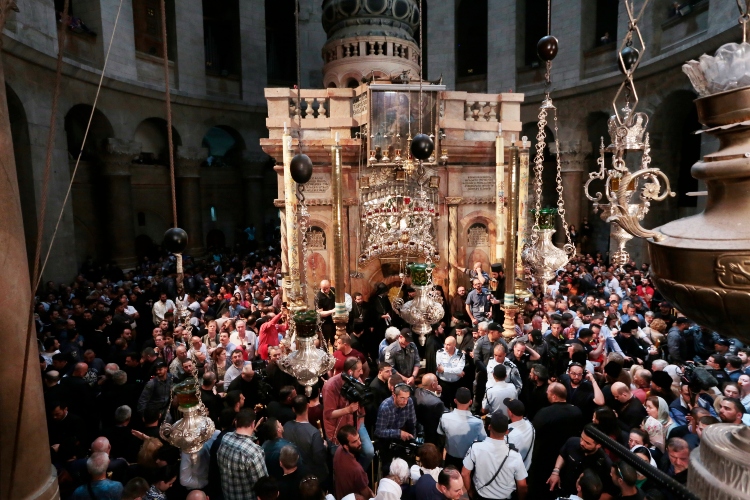
Remarkably, for the first few minutes, the flame is said not to burn. Many worshippers “bathe” their hands and faces in it, performing a ritual cleansing. Journalist Victoria Clark, witnessing the event for The Guardian, described “gasps, cheers, sobs, and tears” amid “suffocating” heat from countless flames, capturing the overwhelming emotion.
The Holy Fire is swiftly transported worldwide. Carried in specially designed lanterns, it travels by car to Orthodox communities in Egypt, Jordan, and beyond. At Tel Aviv’s Ben Gurion Airport, planes from nations like Greece, Cyprus, Russia, Georgia, and Ukraine await to carry the flame to their churches.
Additionally, the 2025 Resurrection service will occur at 9 p.m. instead of midnight, adapting to current circumstances. In Sydney, Greek Australian communities, such as those at Saint Spyridon in Kingsford, Saint George in Kensington, and Saint Dimitrios in Earlwood, will incorporate the Holy Fire into their Pascha celebrations, lighting candles during the Anastasi service to mark Christ’s resurrection.

A History of Resilience
The Holy Fire, first documented in 876 by a French monk, has endured despite controversies. In 1009, Jerusalem’s Muslim ruler, suspecting fraud, destroyed the Holy Sepulchre. Rebuilt by Byzantine Emperor Constantine IX Monomachos and Patriarch Nicephorus, the church faced further division during the Great Schism of 1054, separating Orthodox and Catholic Christianity. In the 13th century, Pope Gregory IX barred Catholics from participating, a restriction that persists. Yet, the ceremony has survived wars, plagues, and skepticism, remaining a cornerstone of Orthodox faith.
Some compare the Holy Fire to the Catholic rite of transubstantiation, where bread and wine become Christ’s body and blood. While critics question its miraculous nature, for millions, it is the Orthodox calendar’s most sacred event.
The annual arrival of the Holy Fire in Athens is expected on Saturday evening aboard a special flight conducted by Aegean Airlines from Jerusalem.
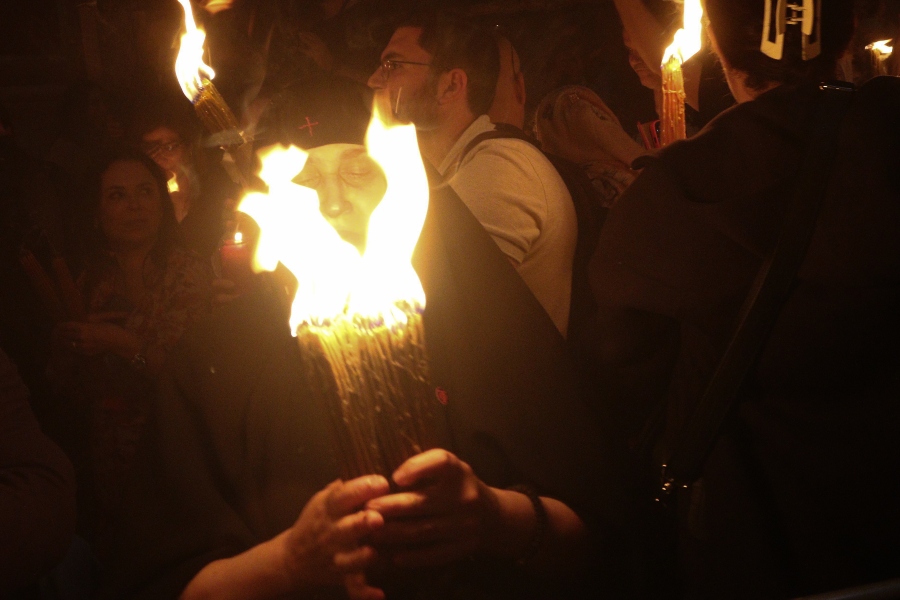
It will later be shared by airplane with other major cities ahead of church easter services at midnight that day.
The delegation bringing the Holy Fire from Israel is headed by Deputy Foreign Affairs Minister Yiannis Loverdos who is in Jerusalem to attend the ceremony at the Church of the Resurrection. He will receive it from Patriarch Theophilos III of Jerusalem.
According to the Foreign Ministry, the Holy Fire is expected to arrive at Athens’ International Airport around 7 p.m.
Source: pagenews.gr
Διαβάστε όλες τις τελευταίες Ειδήσεις από την Ελλάδα και τον Κόσμο









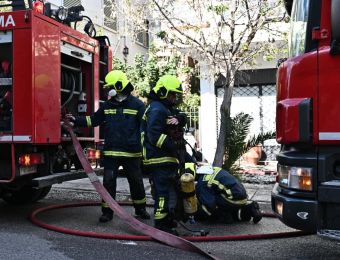




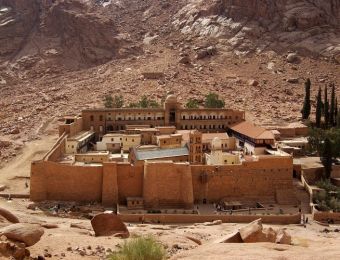







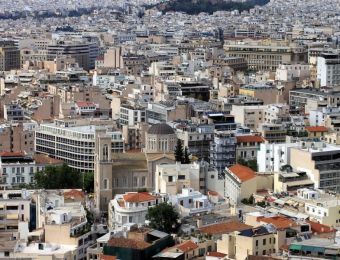






Το σχόλιο σας